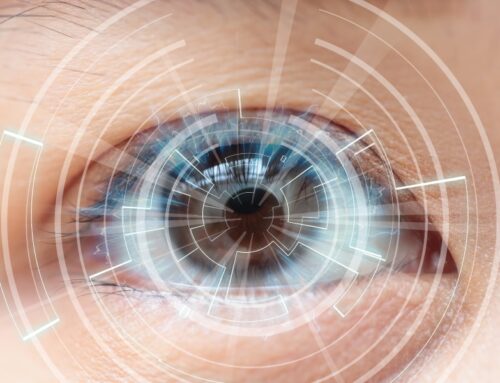7 Treatment Options for Thin Corneas Restoring Eye Health and Vision
 Having thin corneas can pose challenges to eye health and visual acuity. The cornea is the transparent front layer of the eye responsible for focusing light onto the retina. When the cornea is thinner than average, it may affect the overall structural integrity and visual function. Fortunately, several treatment options are available to address thin corneas and restore eye health. In this blog post, we will explore seven treatment options for thin corneas that can help improve vision and quality of life.
Having thin corneas can pose challenges to eye health and visual acuity. The cornea is the transparent front layer of the eye responsible for focusing light onto the retina. When the cornea is thinner than average, it may affect the overall structural integrity and visual function. Fortunately, several treatment options are available to address thin corneas and restore eye health. In this blog post, we will explore seven treatment options for thin corneas that can help improve vision and quality of life.
1. Specialty Contact Lenses
For individuals with thin corneas who are not candidates for surgical interventions, specialty contact lenses can provide visual correction and comfort. Rigid gas permeable lenses and scleral lenses are designed to vault over the cornea, creating a smooth optical surface and improving vision.
Having thin corneas does not necessarily mean that vision cannot be improved or that treatment options are limited. With advancements in technology and surgical techniques, several options are available to address thin corneas and enhance visual acuity. If you have thin corneas or are experiencing vision problems, it is important to consult with an experienced eye care professional who can assess your condition, discuss the available treatment options, and help determine the best course of action to restore your eye health and optimize your vision.
2. Intacs
Intacs, also known as corneal ring segments, are small, crescent-shaped inserts made of medical-grade plastic. Surgically placed within the cornea, these inserts help reshape the cornea, improving vision. Intacs are particularly beneficial for individuals with thin corneas and conditions like keratoconus or post-LASIK ectasia. The procedure is minimally invasive and can provide better visual outcomes for patients with thin corneas.
3. Implantable Collamer Lenses (ICL)
ICLs are implantable lenses that can correct refractive errors such as nearsightedness, farsightedness, and astigmatism. These lenses are made of a biocompatible material and are placed behind the iris in front of the natural lens. ICLs can be a suitable option for individuals with thin corneas who are not eligible for laser vision correction procedures.
4. Topography-Guided LASIK or PRK
LASIK (Laser-Assisted In Situ Keratomileusis) and PRK (Photorefractive Keratectomy) are laser vision correction procedures commonly used to correct refractive errors. Topography-guided LASIK or PRK utilizes advanced mapping technology to precisely reshape the cornea based on its unique topography. This technique allows for customized treatment, making it suitable for individuals with thin corneas.
5. Phakic Intraocular Lens (PIOL)
Phakic intraocular lenses (PIOLs) are implantable lenses that can be placed inside the eye while preserving the natural lens. These lenses are designed to correct refractive errors and can be an option for individuals with thin corneas who are not suitable candidates for other procedures. PIOLs can provide excellent visual outcomes and are reversible if needed.
6. Corneal Transplant
In severe cases where thin corneas cannot be effectively managed with other treatments, a corneal transplant, also known as a keratoplasty, may be necessary. During this procedure, the damaged cornea is replaced with a healthy donor cornea. Corneal transplants can restore vision and improve the structural integrity of the cornea.
7. Corneal Cross-Linking (CXL)
Corneal cross-linking is a widely used treatment for thin corneas, particularly in cases of keratoconus or corneal ectasia. The procedure involves applying riboflavin (vitamin B2) eye drops to the cornea, followed by exposure to ultraviolet light. This combination helps strengthen the corneal collagen fibers, increasing the cornea’s stability and reducing progression. CXL can halt or slow down the thinning process, improving the cornea’s structural integrity.




